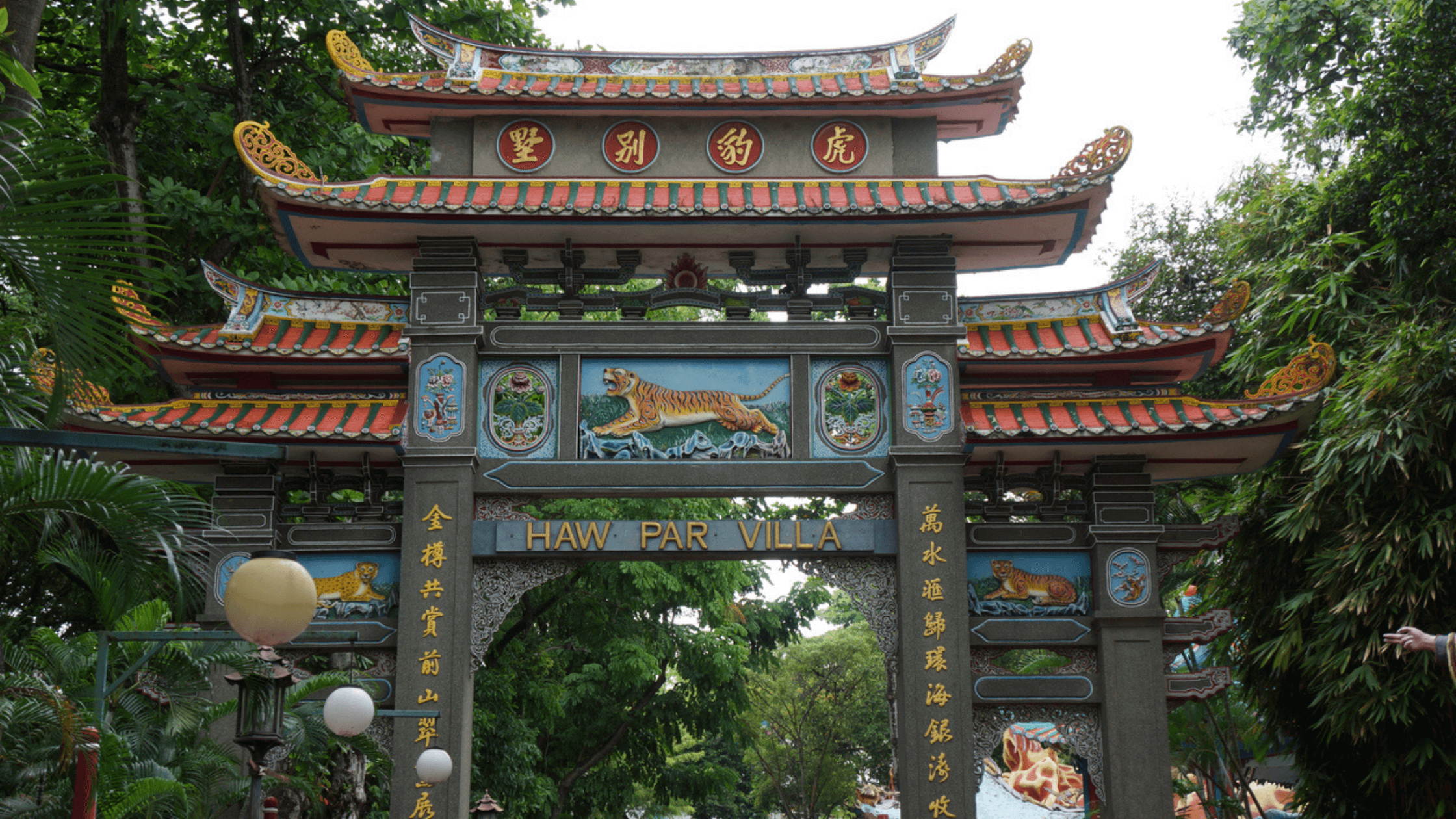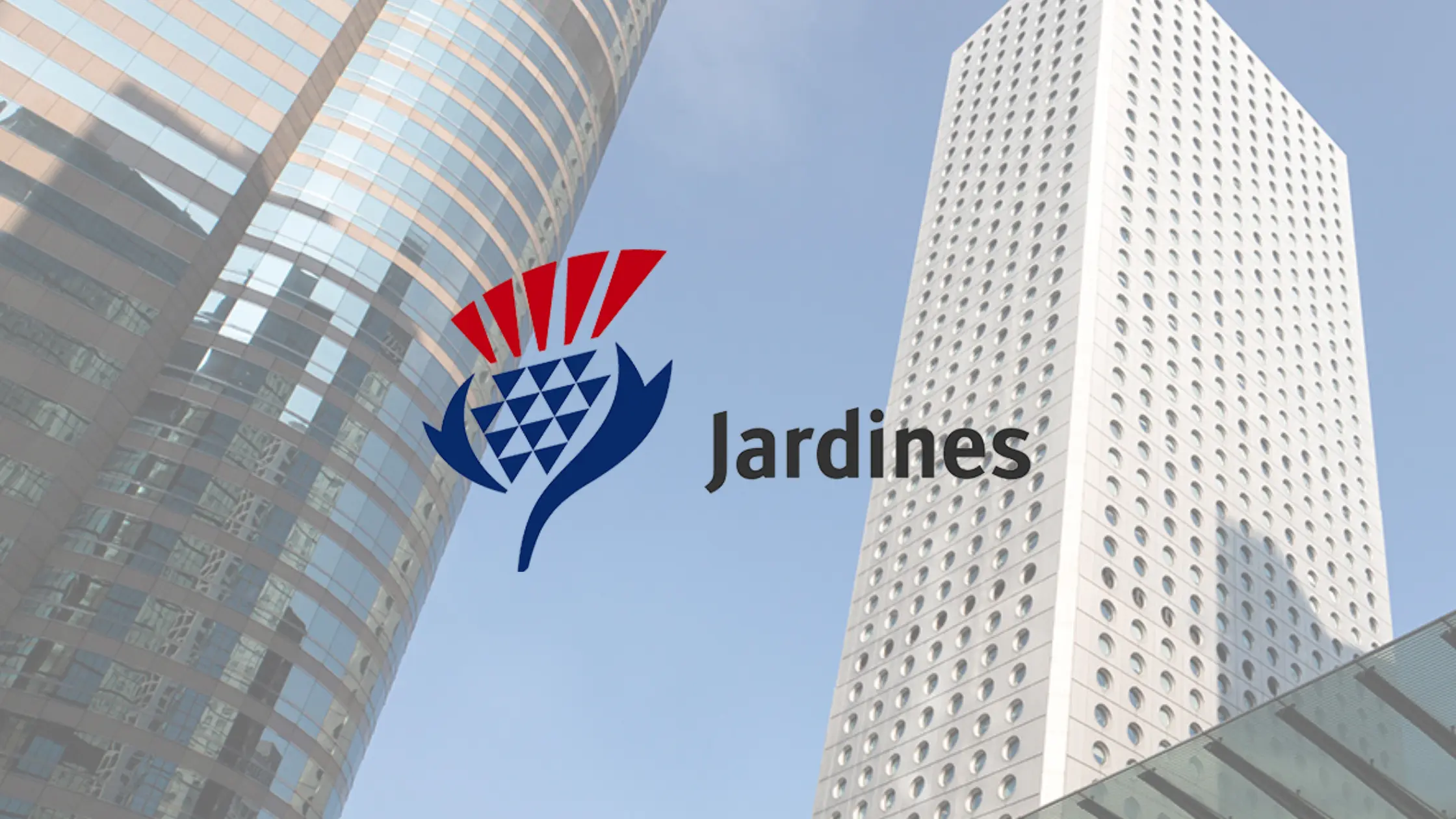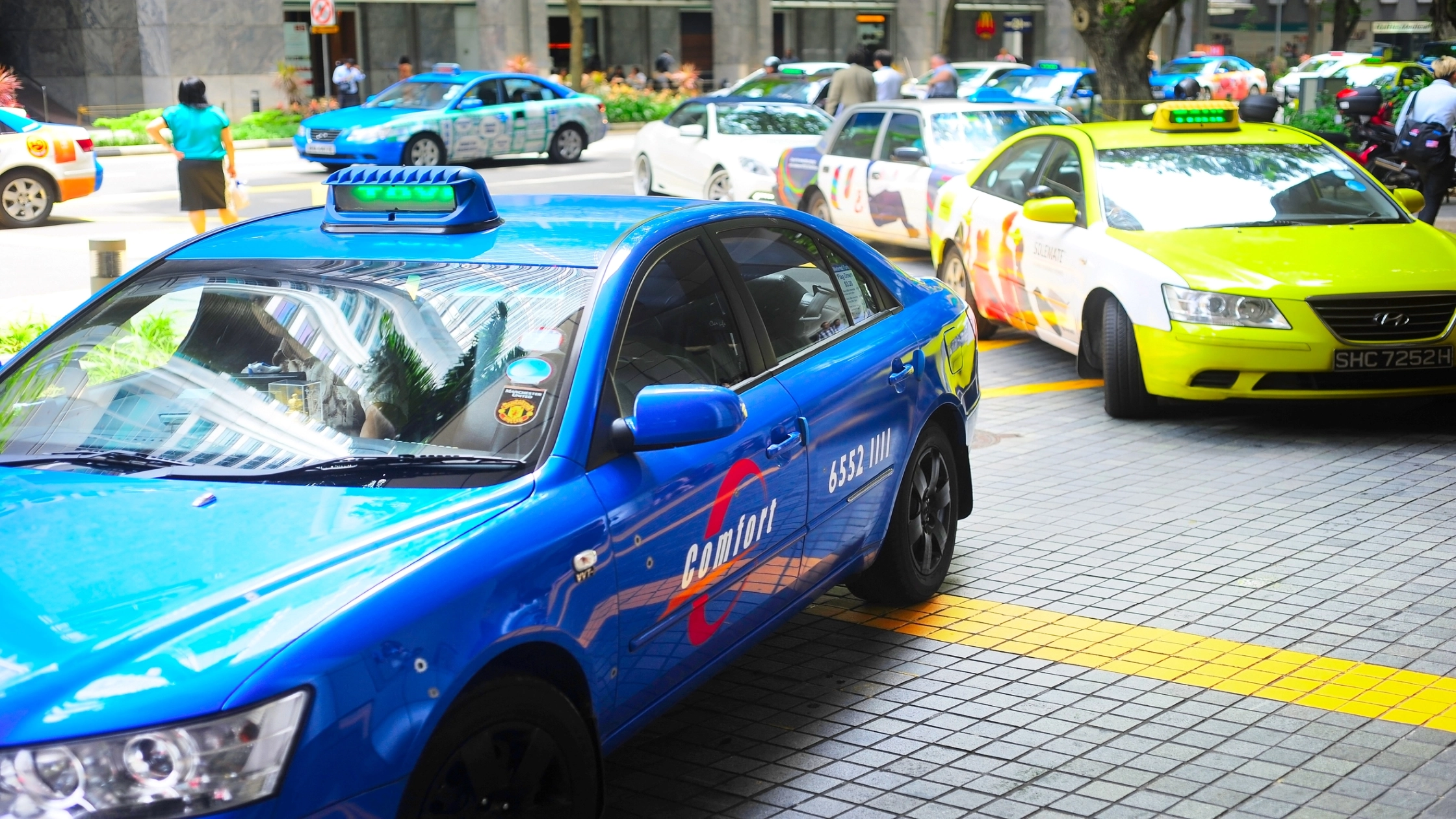1 SGX Stock to Buy That’s Proudly Singaporean
August 10, 2021

With Singapore celebrating its 56th birthday recently, for long-term investors it’s worth reminding ourselves of the stocks, and companies, in the “Little Red Dot” that have continued to thrive over the years.
In Singapore, as anywhere, that corporate longevity also tends to mean that the company in question has strong values, loyal customers and a visible (recognisable) brand in the market.
Given the extraordinary development of the Lion City over the past 56 years, here’s one Singapore-listed stock that investors can consider buying that is truly, and proudly, Singaporean.
The company behind Tiger Balm
No product represents the over-the-counter, analgesic pain relief segment better than the iconic “Tiger Balm”, one of the flagship products of Haw Par Corporation Ltd (SGX: H02).
Used for everything from muscle aches and stomachaches to mosquito bites and cuts, the magic ointment in that hexagonal-shaped box has been a mainstay of medicine cabinets for many Singaporeans.
First listed on the Stock Exchange of Malaysia and Singapore in 1969, Haw Par Brothers International Ltd – named after the Aw brothers who had founded Tiger Balm back in 1924 – has had an eventful journey to where it is today as a company.
It changed its name to Haw Par Corporation in 1997 and the company has varying business interests that include a “Leisure” division which owns assets such as an aquarium in Pattaya, Thailand.
However, it’s Haw Par’s “Healthcare” division, housing its wildly-popular Tiger Balm brand, that’s the key growth driver for the company.
Seen as an “Asian brand”, its Singapore roots perhaps go unnoticed. Many a person in the region, from Hong Kong to Thailand, mistakenly believe that Tiger Balm is home-grown brand.
Hit by the pandemic
While the company saw net profit growth in 2019, Haw Par’s revenue and profit suffered amid the Covid-19 pandemic.
For the full-year 2020, net profit was S$119.8 million, down 34.3% year-on-year from 2019.
Revenue took an even bigger hit, falling 54.5% year-on-year in 2020 but costs, such as distribution and marketing expenses, also fell.
Throughout this, though, in 2020 Haw Par maintained its 2019 interim dividend per share (DPS) of 30 Singapore cents. At its current price, Haw Par shares are yielding 2.2%.
However, for investors, it’s interesting to note that 40% of Haw Par’s revenue actually comes from countries outside Asia while Singapore makes up around 20% of sales.
The rest of the company’s revenue comes from other Asian countries, which shows you the global appeal of the Tiger Balm brand.
Over the decades, the Tiger Balm ointment has found fans as it expanded globally. It’s now available in over 100 countries worldwide and counts celebrities such as Lady Gaga as a happy user of its products.
But set for a rebound
Loved by athletes as a warm-up cream and pain reliever, it seems natural that Haw Par will see a rebound in its fortunes as the world tentatively opens up from the depths of the Covid-19 pandemic last year.
Set to report its first-half 2021 results this Friday (13 August), investors should also watch to see what the company says about its prospects for the second half of the year.
Beyond the pandemic, Haw Par has also been creative in the ways it has monetised the Tiger Balm brand, focusing on the release of new products that target specific niches.
For example, its Tiger Balm mosquito repellent patches targeted at young children have been popular for use in order to keep youngsters safe from mosquito-borne diseases such as Dengue.
Then there’s the pain-relieving Tiger Balm patches for active and work-stressed individuals. Naturally, the company talks about aiming to increase its distribution network via e-commerce channels.
Timeless brand
Haw Par has managed to thrive through the ups and downs of corporate life but it’s certainly of the resounding successes of Singapore’s business landscape.
What’s more, its global reach means the brand will likely be around for decades to come. So how have the returns been?
Over the past year, its share price is up nearly 46% while so far in 2021 it’s up 24%. Meanwhile over the past decade, Haw Par shares are up 157%. That easily beats the Straits Times Index’s 10-year price return of -0.7%.
For long-term investors in Singapore, it may be worth buying a few Haw Par shares and owning a piece of a local company that’s still going strong – nearly a century after it was founded.
Disclaimer: ProsperUs Head of Content Tim Phillips doesn’t own shares of any companies mentioned.

Tim Phillips
Tim, based in Singapore but from Hong Kong, caught the investing bug as a teenager and is a passionate advocate of responsible long-term investing as a great way to build wealth.
He has worked in various content roles at Schroders and the Motley Fool, with a focus on Asian stocks, but believes in buying great businesses – wherever they may be. He is also a certified SGX Academy Trainer.
In his spare time, Tim enjoys running after his two young sons, playing football and practicing yoga.







